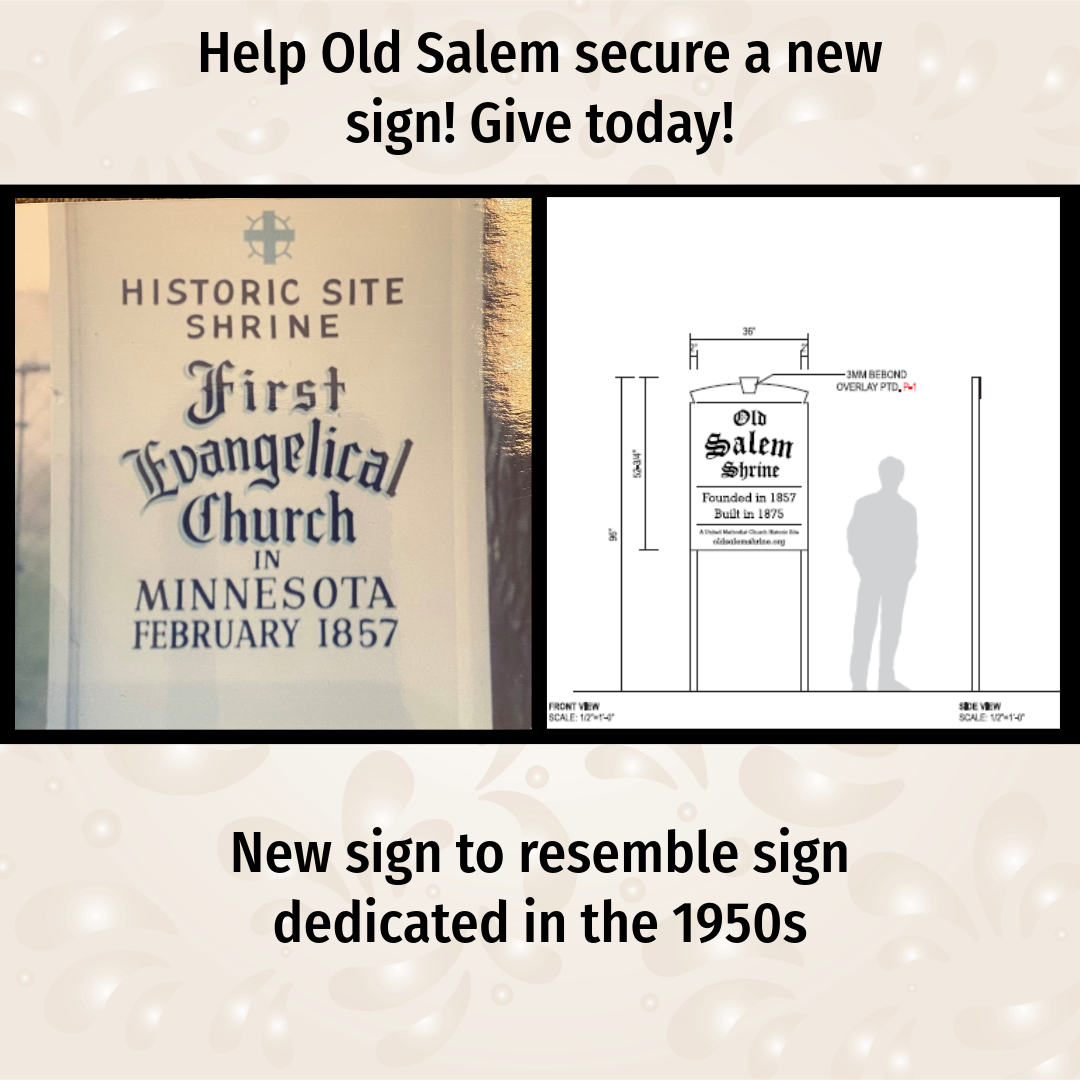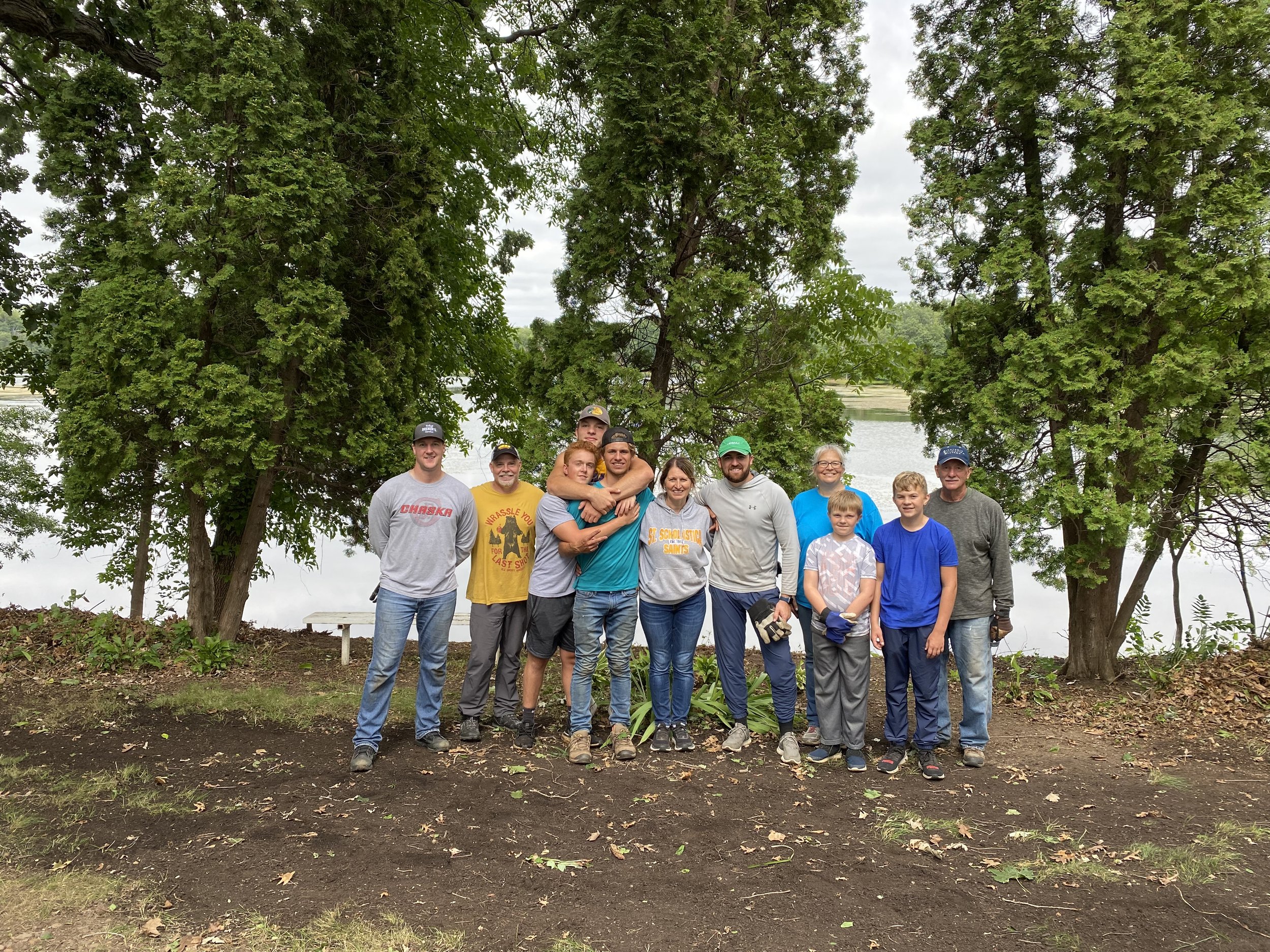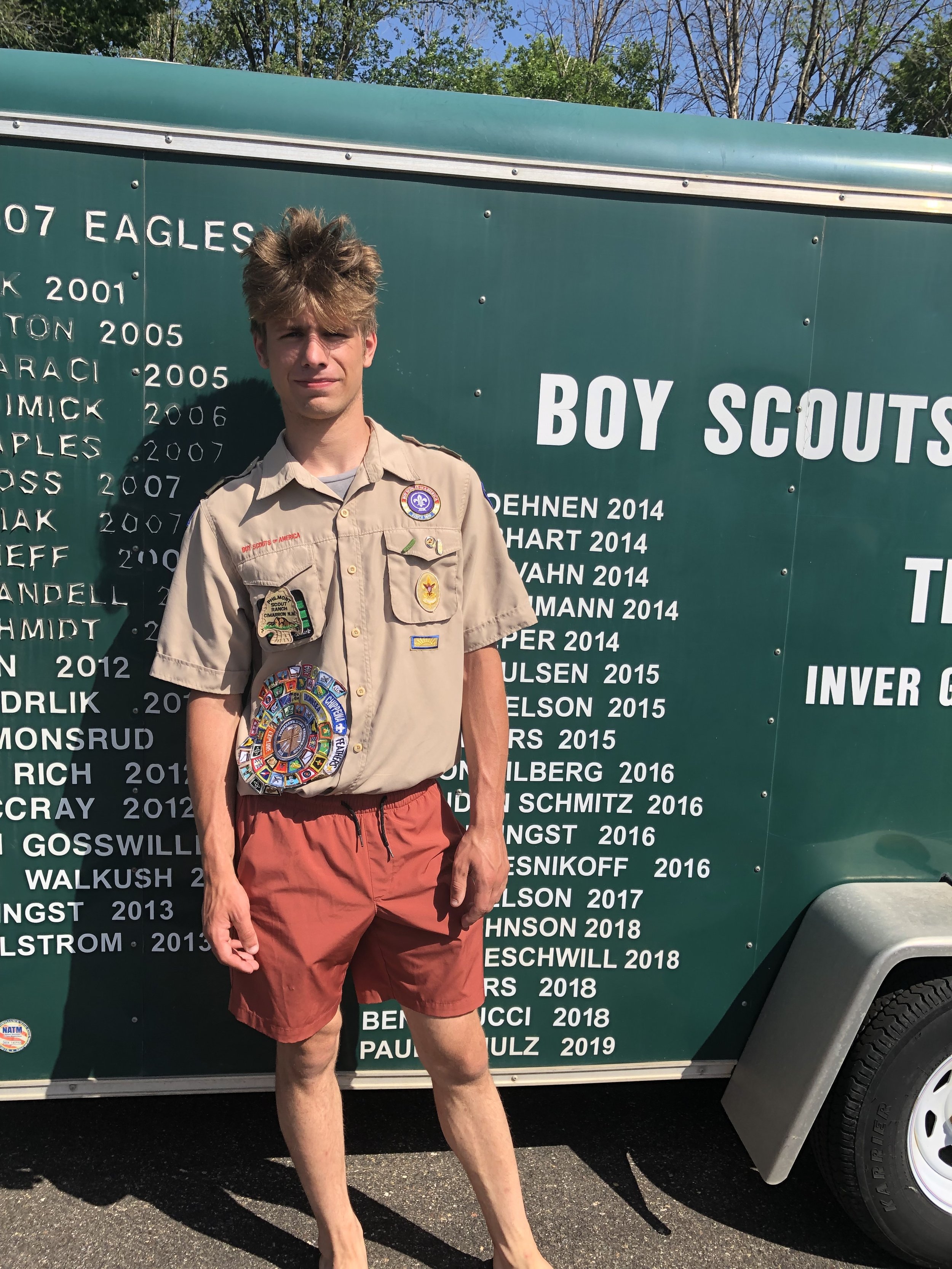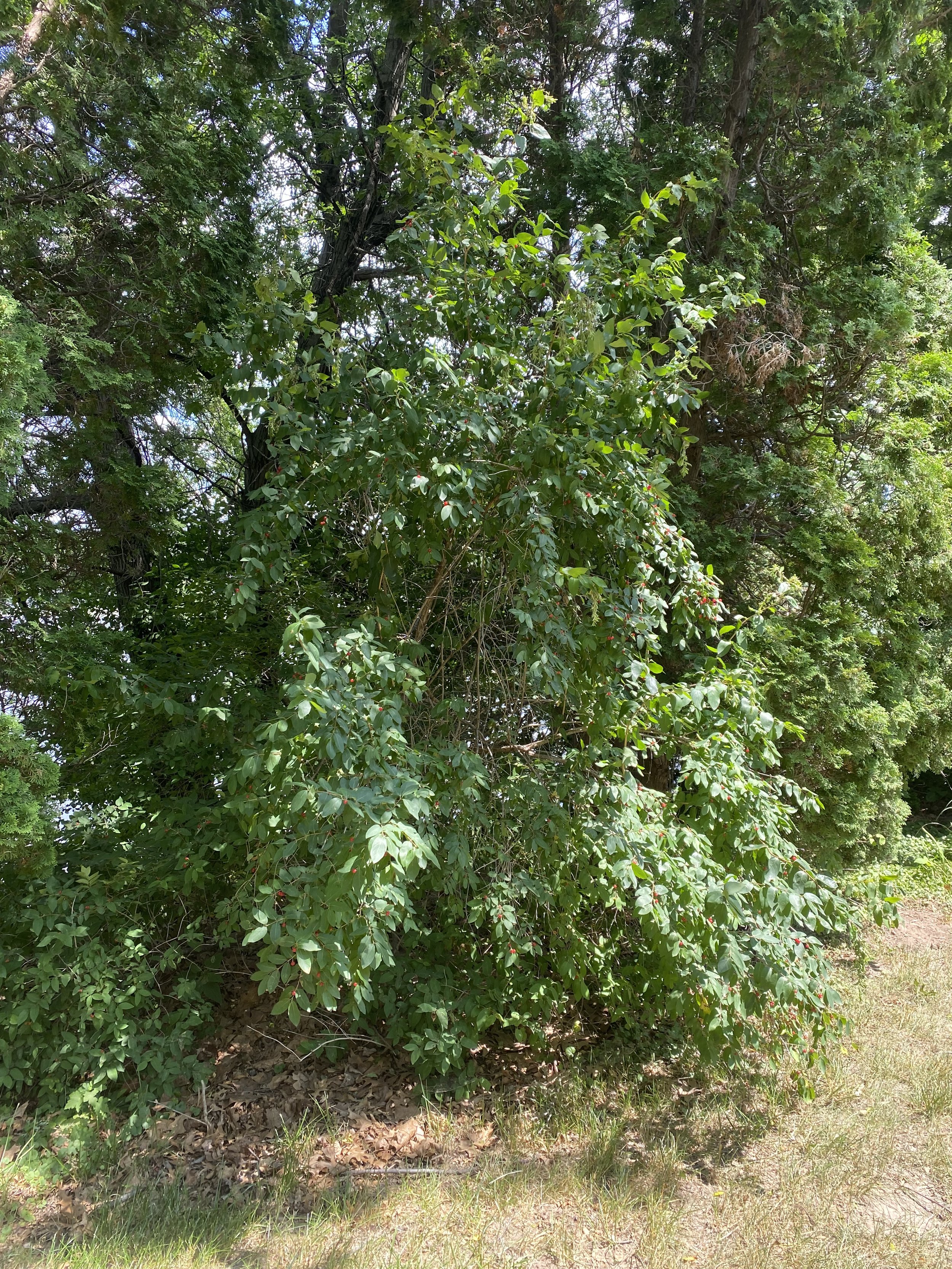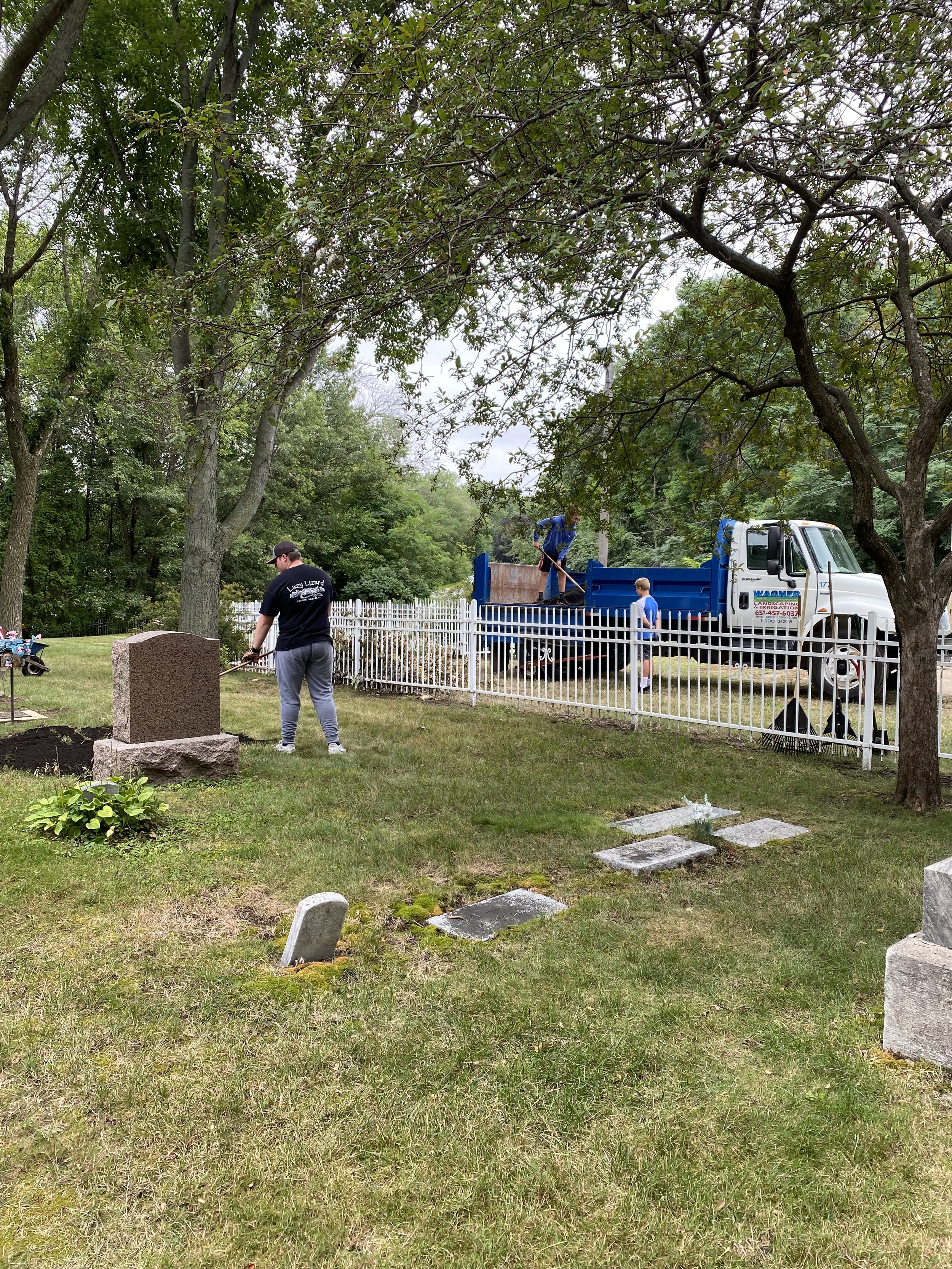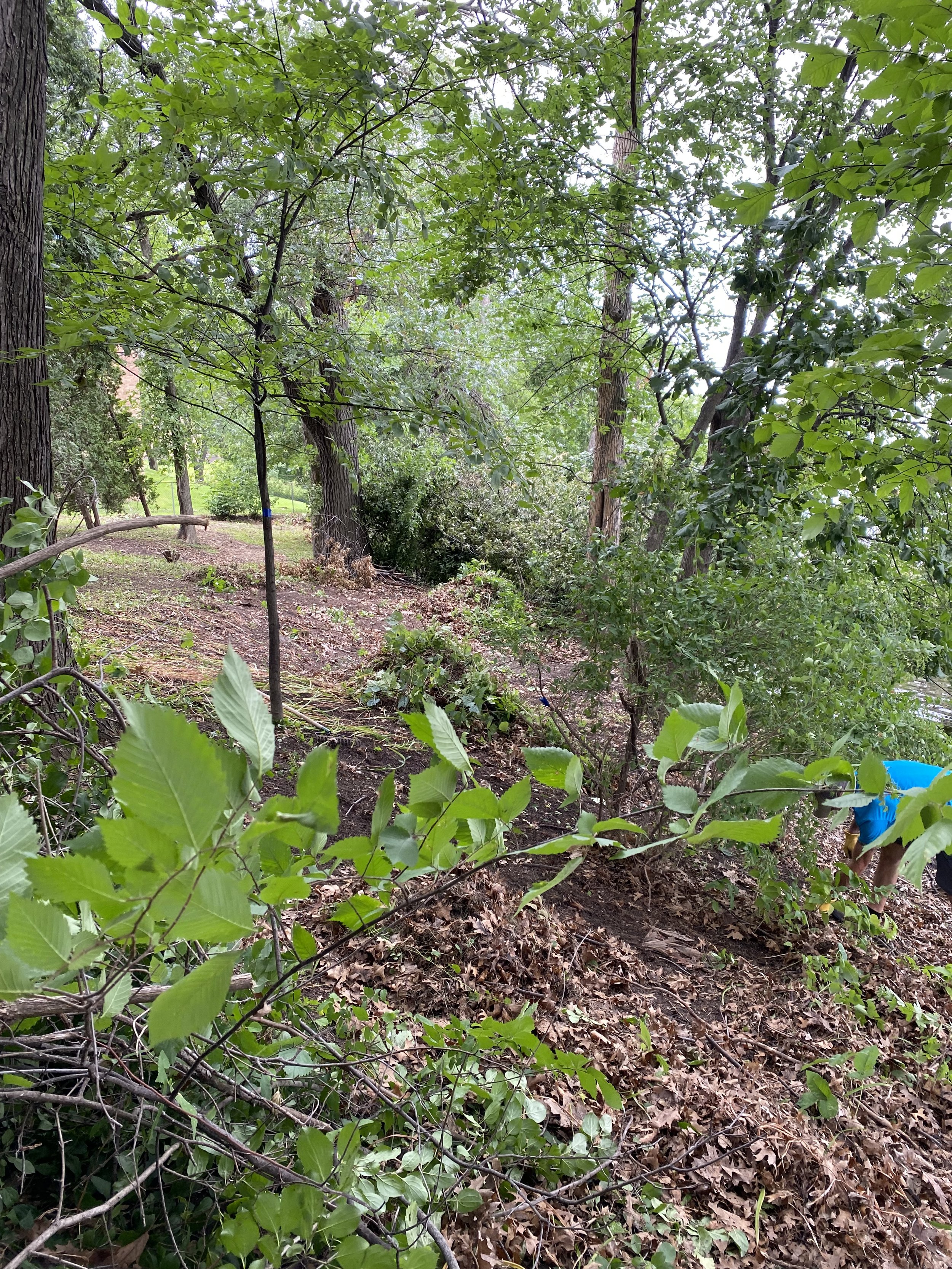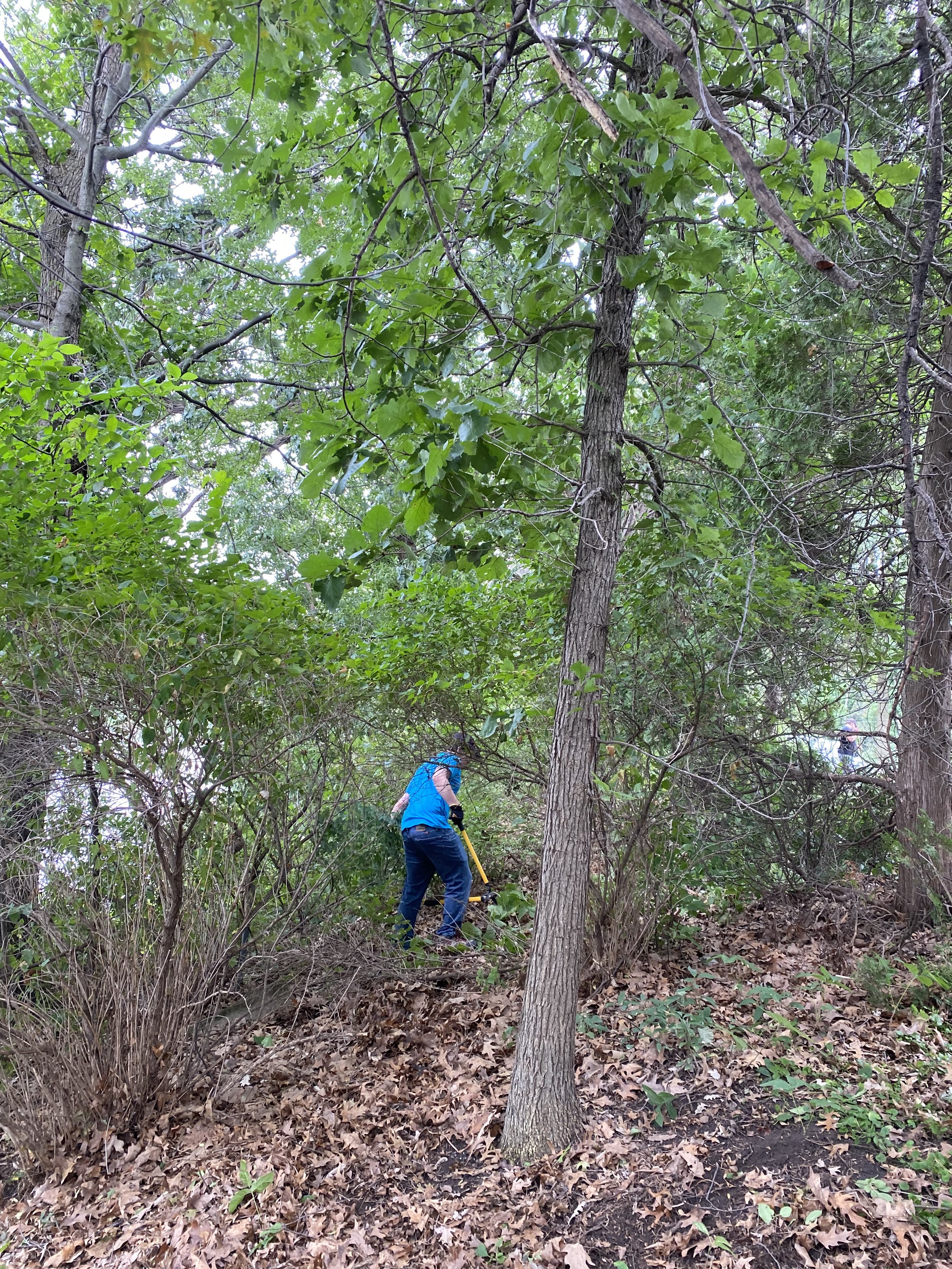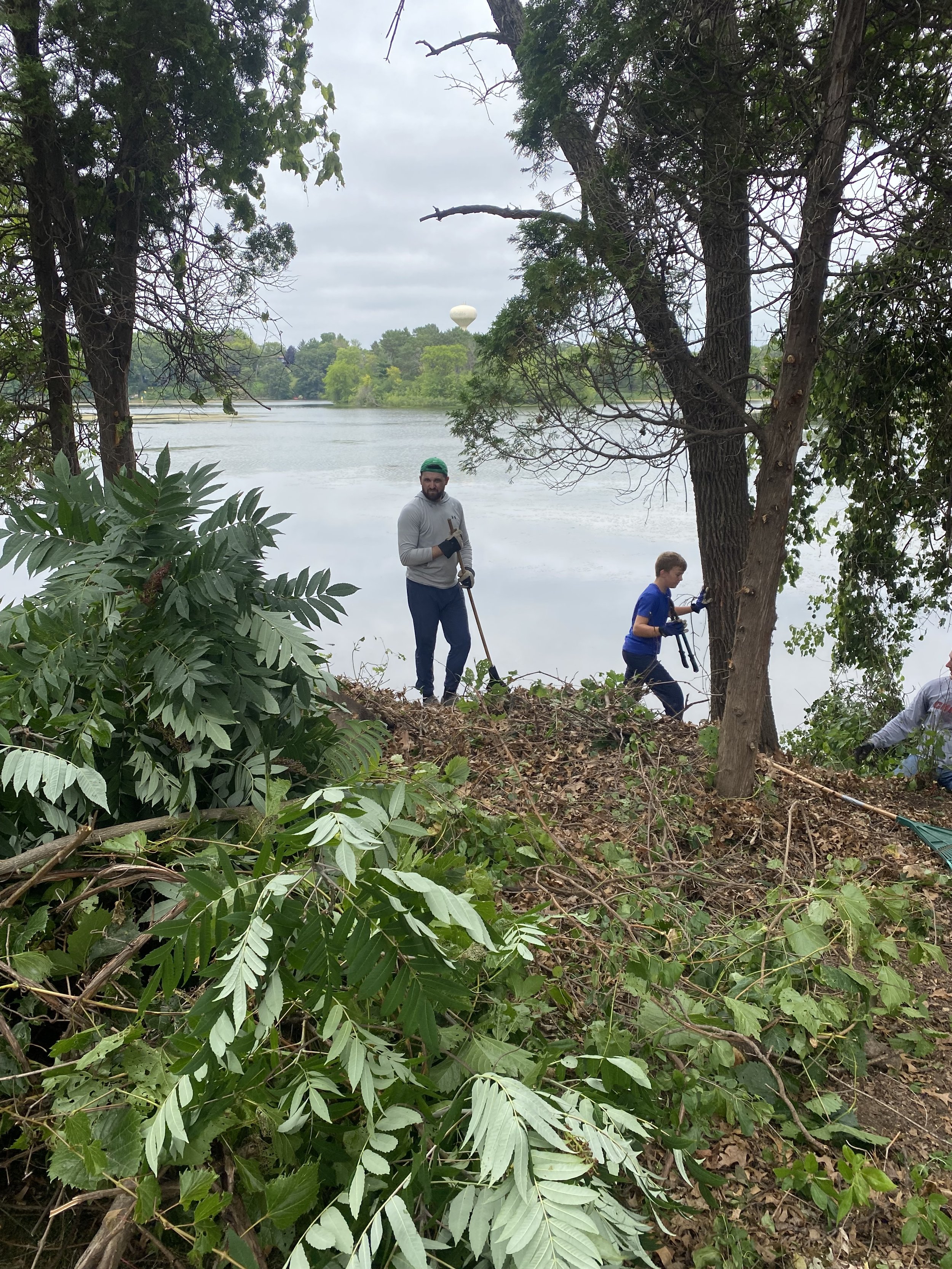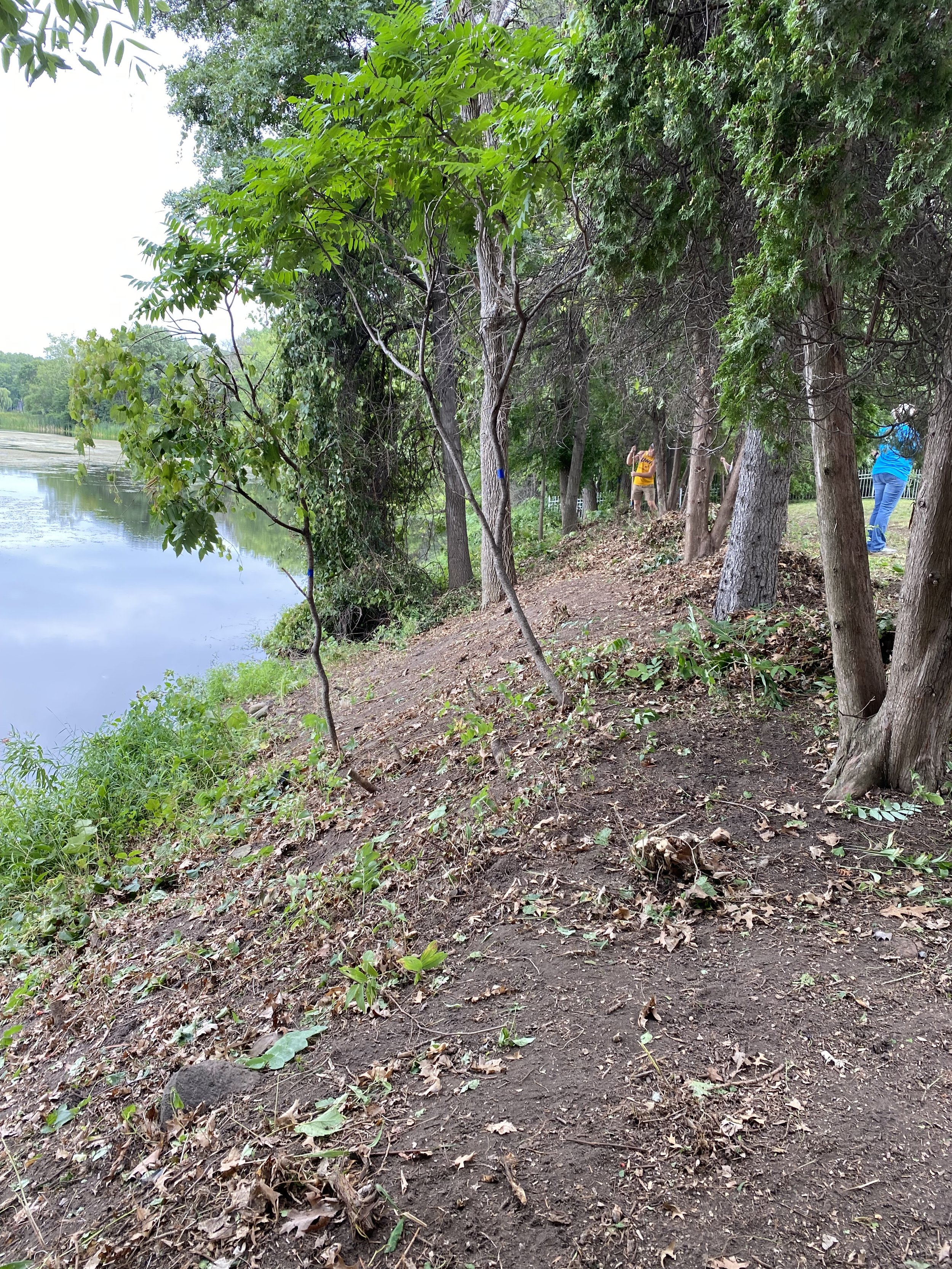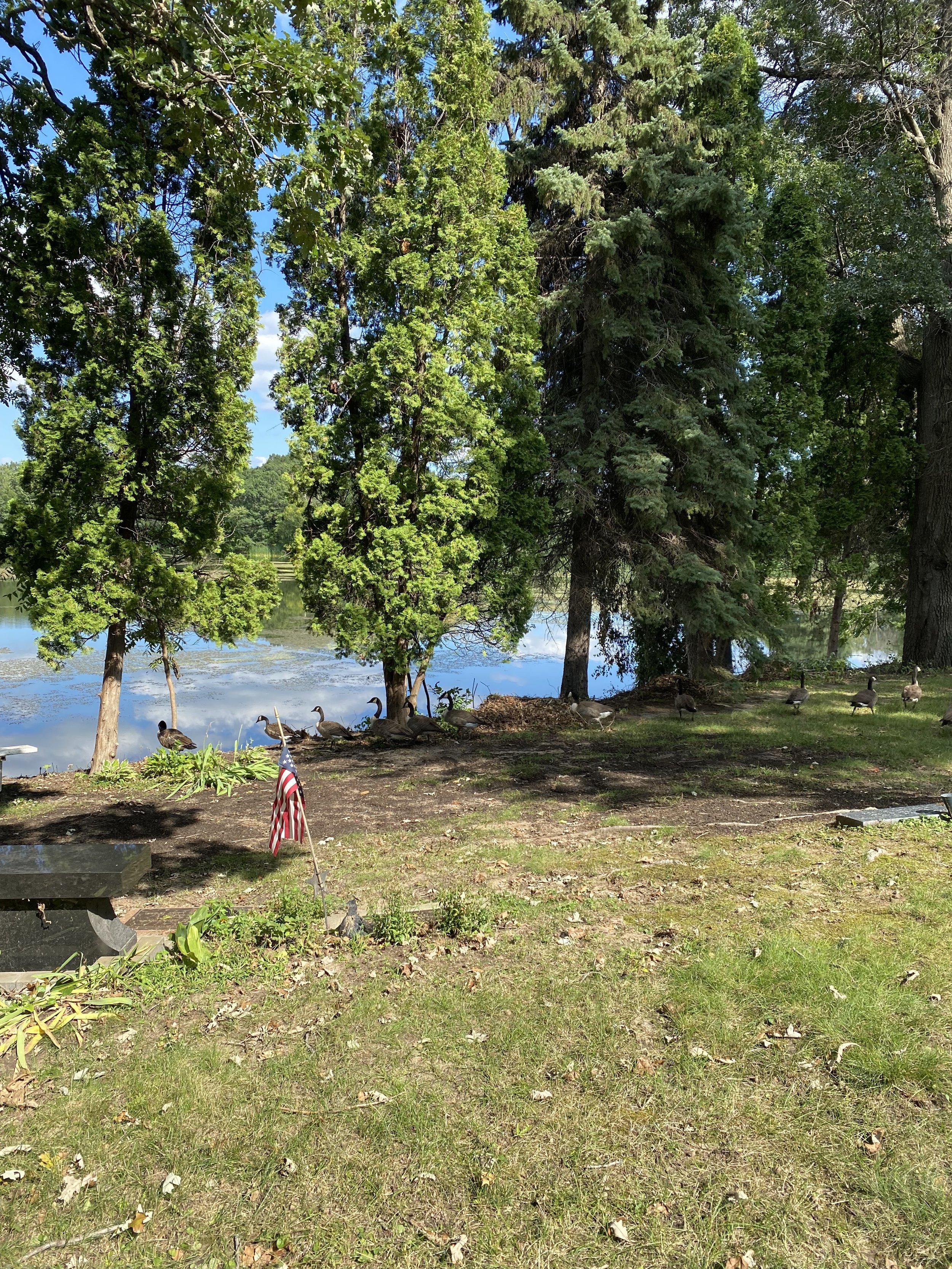By Thelma Ballinger Boeder
The following are remarks Old Salem Trustee Thelma Ballinger Boeder, retired archivist of the Minnesota Conference of the United Methodist Church, shared at Mt. Bethel UMC on January 1, 2023.
I join you this morning on behalf of the Old Salem Shrine Committee, Old Salem also known as The Little White Church. How does your Mt. Bethel congregation relate to this Minnesota Conference historic site? We could start and end that conversation quickly with a couple of answers, but I want to expand further, briefly, and place Mt. Bethel in the larger evolution of United Methodist congregations nearby.
When Mt. Bethel began as a mission of the Evangelical United Brethren Church in 1960, the congregation held its first service that year on June 26 at Old Salem Shrine, the Little White Church. That is the first obvious answer to your connection with the site. But why there?
The Salem congregation of the Evangelical Association of North America was special, the first congregation of the denomination organized in Minnesota, in March of 1857. The second was what is now Mounds Park UMC in St. Paul; those folks organized a week later. Salem congregation built its church in the mid-1870s and continued to function into the 20th century. Conference records list it officially closed in 1914, followed by an attempt to revive it as a mission a few years later. That failed. The building stood empty until 1937 when the Minnesota Conference of the Evangelical Church designated it as their one and only historic site and arranged for its ongoing care and occasional use.
I understand that Mt. Bethel may be nearing the end of its congregational existence, a major change and difficult, I am sure. That leads to another similarity with Old Salem. Salem was an active congregation nearly 60 years, Mt. Bethel, something over 60 years and almost exactly 100 years later. Could thinking about what was happening around the Salem community in its time offer some analogies to Mt. Bethel’s situation now?
Salem began as a German-speaking congregation in an area with enough German immigrants to sustain it. The Evangelical Association also had nearby work, congregations in St. Paul, the oldest being what is now Mounds Park UMC, and also what is now Faith UMC in West St. Paul. There were others, too, in the city. The German-speaking congregations of the Methodist Episcopal Church were even more numerous, one so close to Old Salem, that when it closed many members joined Salem MEC just up the road. In the city, what we know now as Fairmount Ave. UMC was the oldest and strongest of the German Methodist congregations. A half circle of seven German Methodist churches ringed the southern outskirts of the Twin Cities from Shakopee to Woodbury. Four are still active: Lydia, Rosemount, Salem (now Crossroads Salem), and Woodbury.
Times changed. Moving into the 20th century, population demographics, language shifts, better transportation, a major depression, two World Wars – some congregations grew or stayed steady and others declined. With growing suburbs after World War II in the 1950s, conference leaders decided it time to begin new congregations in places like Inver Grove. The Evangelical United Brethren Church actively began several new missions, one of which was Mt. Bethel. Others included Normandale-Hylands in Bloomington, Church of Peace in Richfield, Hope in Lake Elmo, and Bethany in Rochester.
Once more, circumstances changed. The Lake Elmo congregation discontinued in 1978 because the community did not grow as anticipated. Bethany closed its building just a few years ago in 2016 after concluding that it had completed its mission at that site to the best of its ability. Instead, the congregation merged with nearby Evangel UMC. Mt. Bethel also seems to be at a changing point.
I am an archivist and historian. I have documented many congregations, some of which go on for years and years and some less than ten. As I consider them, I believe that each has or had meaning; the people worshiped, they communed together, they touched each other’s lives and their communities. They belong to each other and the whole Christian community even in parting.
Places like The Little White Church, Old Salem, help us to remember these transitions. That is why we care for it and visit from time to time. It can trigger memories for anyone, but those of you in Inver Grove Heights and here at Mt. Bethel will always have that extra connection, knowing your first service in 1960 was held there. Remembering affirms the link from past to present. Now it is time for all of us to move into the future, even if we do not know yet how best to do that. We will find a way.

